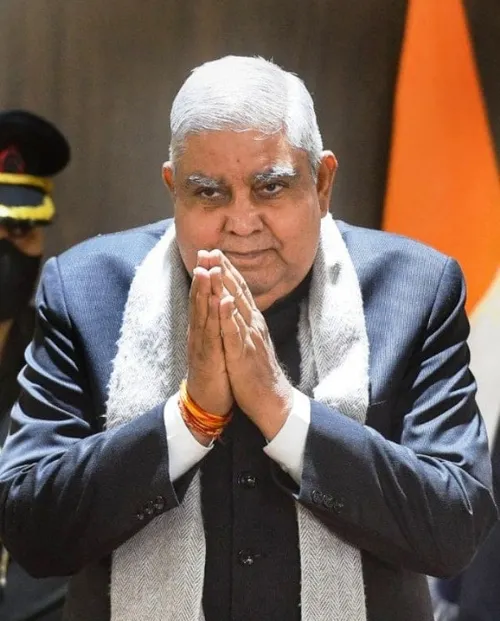
Polio eradication became one of the earliest and most prominent successes for Indian healthcare
| Photo Credit:
MUSTAFAH KK
Vaccines are one of the most effective tools in modern medicine and one of humanity’s greatest achievements. India’s immunisation journey began over two centuries ago when the country’s first smallpox vaccine was administered in Mumbai in 1802, laying the foundation for public preventive healthcare. More than a century later, preventive immunisation began in earnest in 1948 with the adoption of the International Tuberculosis Campaign, an initiative designed to stop the potentially deadly bacterial disease that mainly affects the lungs and killed an estimated 500,000 people a year in India in the late 1940s.
Yet it wasn’t until 1978 that India reached a turning point in its vaccine delivery framework and ability to deliver broader protective healthcare at scale. That year, the country launched the Expanded Programme on Immunisation (EPI) — later renamed the Universal Immunisation Programme (UIP) — providing free vaccines against 12 vaccine-preventable diseases, including tuberculosis, polio, measles, and hepatitis B for mothers and children.
Today, it stands as one of the world’s largest public health programmes, and as one of the world’s largest national immunisation programmes, the UIP reaches over 2.67 crore newborns and 2.9 crore pregnant women annually.
Polio eradication
Notably, under the aegis of UIP polio eradication became one of the earliest and most prominent successes for Indian healthcare. Despite the country’s success in stopping polio, high population density, poor sanitation, the prevalence of marginalised and/or inaccessible communities, and vaccine hesitancy remained. These public health challenges led our government to launch Mission Indradhanush (MI) in December 2014.
MI focuses on vaccinating women and children against a host of diseases, including diphtheria, pertussis, tetanus, polio, and tuberculosis, meningitis and pneumonia. The initiative has completed twelve phases so far, covering 554 districts across the country, and will continue to provide immunisation coverage to those in need.
In 2023-24, India reached full, national immunisation coverage — a milestone made possible through the consistent and extensive efforts of programmes like UIP and MI.
Alongside domestic progress, India is also ensuring global progress towards equitable access to vaccines as the largest vaccine producer in the world. Covering 60 per cent of the global vaccine supply, India is remarkably one of the biggest suppliers of low-cost vaccines in the world.
Now, AI-integrated innovations such as the Electronic Vaccine Intelligence Network (eVIN) app will help further modernise healthcare delivery.
The key to India’s continued vaccine success lies in our unwavering commitment to technological innovation, community empowerment, and collaborative action.
The writer is Chairman of Rotary International India’s National PolioPlus Committee
Published on April 27, 2025
Anurag Dhole is a seasoned journalist and content writer with a passion for delivering timely, accurate, and engaging stories. With over 8 years of experience in digital media, she covers a wide range of topics—from breaking news and politics to business insights and cultural trends. Jane's writing style blends clarity with depth, aiming to inform and inspire readers in a fast-paced media landscape. When she’s not chasing stories, she’s likely reading investigative features or exploring local cafés for her next writing spot.





